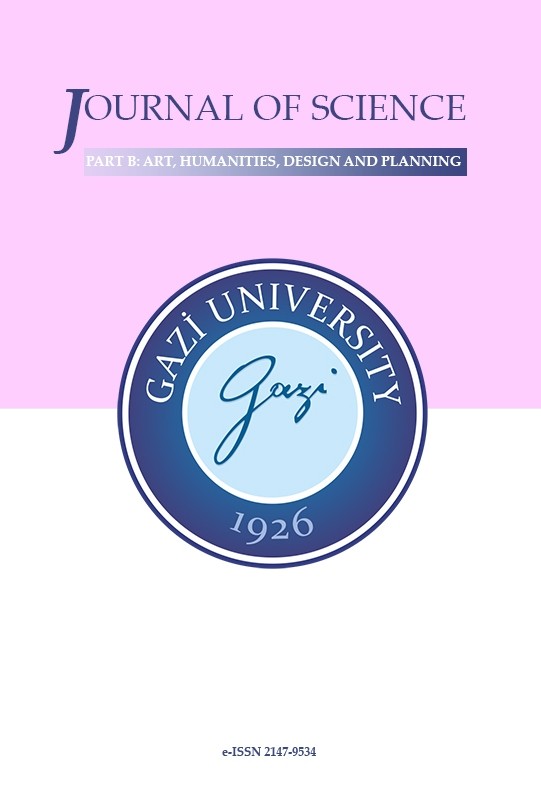Development and Typology of the Roman and Turkish Bridge Architecture in and Around the Vicinity of the Greater Menderes Basin
Development and Typology of the Roman and Turkish Bridge Architecture in and Around the Vicinity of the Greater Menderes Basin
The Anatolian civilizations have generated various structures for transportation purposes and in the meantime, constructed bridges to overpass the large aquatic obstructions on the roads. The bridges, each of which is deemed to be reflection of the level of development of the civilizations, should be assessed to be the determinants of the architectural identity of the societies. In this study, efforts have been made to define the comparative periodical styles of the Roman and Turkish bridges in Great Meander Basin and its vicinity in the Western Anatolia in the manner to ascertain and find out the architectural design, materials, construction technique, morphological properties, utilization type and the properties of the ornamentations, if any, and put forward the inter-periodical interactions observed on such bridges as well as typological assessments.
Keywords:
Transportation, Bridges Turkish Bridges, Typology,
___
- [1] Texier, C., (2002). Küçük Asya, (Çev. Ali Suat), Ankara: Enformasyon ve Dokümantasyon Hiz. Vakfı
- [2] Ramsay, W. M.. (1961). Anadolu’nun Tarihi Coğrafyası (Çev. Pektaş, M.). İstanbul: Milli Eğitim Basımevi
- [3] Güner Ş., Donbaz V., (1995). Anadolu’da Kral Yolları, İstanbul: Dünya Şirketler Grubu Yayınları.
- [4] Özergin, K., (1959). Anadolu Selçukluları Çağında Anadolu Yolları, Yayınlanmamış Doktora Tezi,.İstanbul, Üniversitesi Edebiyat Fak.
- [5] Akdeniz, E., (2002). Büyük Menderes Ovasındaki Prehistorik-Protohistorik Yerleşimler ve Bunların Ege Dünyasındaki Yeri, 1. Uluslararası Aşağı Menderes Havzası Tarih, Arkeoloji ve Sanat Tarihi Sempozyumu, İzmir.
- [6] Yapucu, O., (2007). Modernleşme Sürecinde Bir Sancak Aydın, İstanbul: Kitap Yayınevi.
- Yayın Aralığı: Yılda 4 Sayı
- Başlangıç: 2013
- Yayıncı: Gazi Üniversitesi
Sayıdaki Diğer Makaleler
The Analysis of Architectural Design Competitions within the Scope of Earthquake Resistant Design
Zeynep Yeşim İLERİSOY, Asena SOYLUK
Environmental Impacts of Changes in Travel Behaviour with Covid-19
Büşra AKÇAY, Özge YALÇINER ERCOŞKUN
Hakan DEMİRCİ, Nakış KARAMAĞARALI
Gamze KARAYILANOĞLU, Ceren ÇELİK
From Disorder To Hidden Order; Fractal Cosmology From Isfahan To Shah Mosque
Gülşah DOĞAN KARAMAN, Semra ARSLAN SELÇUK
What is The Role of Techno-Parks on Regional Innovation in Turkey?
Doç. Dr. Ferhan GEZİCİ, Burcu MÜDERRİSOĞLU, Güliz SALİHOĞLU, Gülay BAŞARIR
Performance of the Wind Catcher in Hot Dry Regions, Khartoum - Sudan
